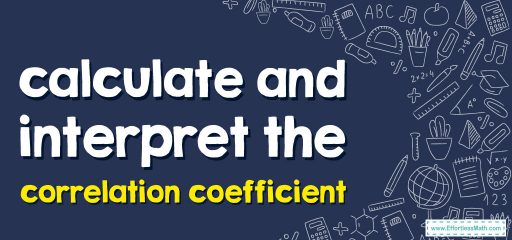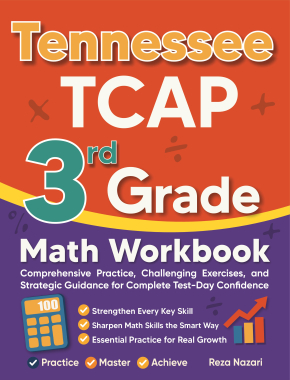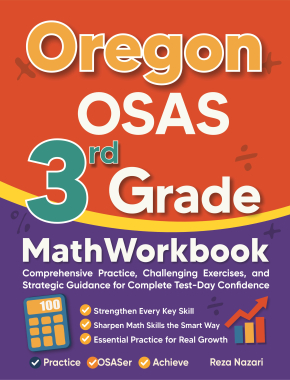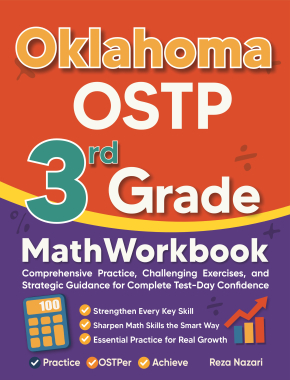How to Calculate and Interpret Correlation Coefficients

• \(x\) and \(y\) are two variables
• \(Σx\) and \(Σy\) are the sum of \(x\) and \(y\) values, respectively
• \(Σxy\) is the sum of the product of \(x\) and \(y\) values
• \(Σx^2\) and \(Σy^2\) are sums of squares of \(x\) and \(y\) values, respectively
Calculate Spearman’s Rho
The following formula is used to calculate Spearman’s Rho:
rho\(=1-\frac{6∑d^2}{n^3-n}\)
where:
• \(n\) is equal to the number of data points
• \(D\) is the difference between the ranks of two variables (\(x\) and \(y\)).
You can interpret the correlation coefficient using the following tips:
• When the correlation coefficient is \(+1\), it is a complete positive linear relationship, that is, as the value of one variable increases, the value of the other variable also increases.
• When the correlation coefficient is \(-1\), a negative linear relationship is complete; as the value of one variable increases, the value of the other variable decreases.
• A correlation coefficient of \(0\) does not indicate a linear relationship between two variables.
• The correlation coefficient between \(0\) and \(1\) (excluding \(0\)) indicates a positive linear relationship between the variables, the higher the coefficient, the stronger the relationship. Also, the correlation coefficient between \(0\) and \(-1\) (excluding \(0\)) indicates a negative linear relationship between variables, a lower coefficient makes the relationship stronger.
Related to This Article
More math articles
- How to Prepare for the DAT Quantitative Reasoning Math Test?
- Vectors Introduction
- 10 Most Common 4th Grade MEAP Math Questions
- 8th Grade ILEARN Math Worksheets: FREE & Printable
- Perimeters and Areas of Squares
- SAT Math Vs. High School Math
- Overview of the TSI Mathematics Test
- How Much Does a Tesla Cost?
- A Step-by-Step Guide to Constructing a Triangle from Its Sides
- How to Multiply Binomials? (+FREE Worksheet!)



















What people say about "How to Calculate and Interpret Correlation Coefficients - Effortless Math: We Help Students Learn to LOVE Mathematics"?
No one replied yet.